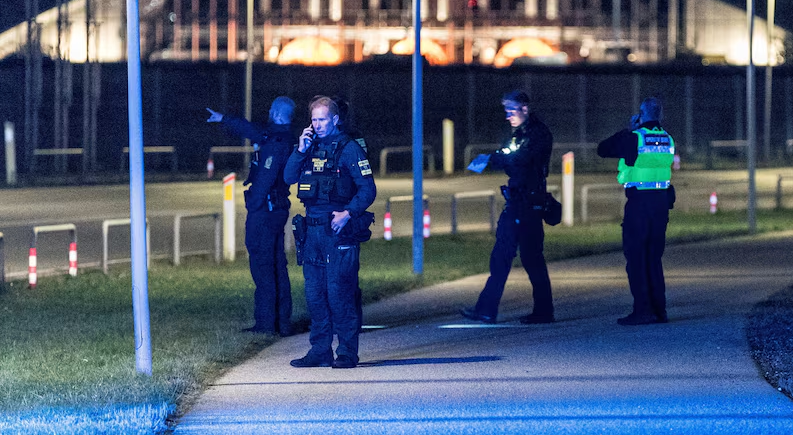A wave of coordinated disruptions across European aviation infrastructure has raised urgent questions about the resilience of the region’s security systems. In recent days, airports in Copenhagen and Oslo suspended operations due to unauthorized drone incursions, while a ransomware attack crippled check‑in systems at major hubs including London Heathrow, Berlin, and Brussels.
In Denmark, authorities reported that flights at Copenhagen’s main airport were grounded for several hours after multiple drones were spotted in restricted airspace. The Norwegian capital’s airport experienced a similar shutdown. Analysts see these drone events as deliberate probes into the vulnerabilities of aviation operations. Meanwhile, the ransomware attack targeted systems managed by Collins Aerospace, disabling electronic check‑in and baggage drop facilities and forcing staff to revert to manual processes.
Investigators have not publicly identified the perpetrators, though some officials point to patterns consistent with hybrid warfare tactics. Russia has been mentioned by some leaders as a possible actor, a claim Moscow has denied. Experts describe these incidents as part of a rising trend in “hybrid threats” — combing cyberattacks, physical incursions, and disinformation to disrupt critical infrastructure without open conflict.
The attacks have exposed how tightly woven the aviation ecosystem is: a failure in one link can cascade across multiple countries and operations. Airline and airport operators have called for stronger cybersecurity standards, stricter oversight of third‑party system providers, and faster adoption of counter‑drone measures. But technological upgrades face steep costs and regulatory hurdles.
Security researchers warn that drone threats are especially difficult to counter. Tracking and disabling small unmanned aerial systems require advanced sensor fusion, RF jamming, laser interception, or net capture systems — capabilities many civilian airports currently lack. As Europe navigates rising geopolitical tensions, defense against asymmetric threats to aviation will increasingly depend on proactive investments and coordinated policy.
These recent events serve as a wake‑up call: even in peacetime, aviation is no longer insulated from emerging multidomain conflicts.



